Are we in an AI bubble?

Keytrade Bank
keytradebank.be
November 17, 2025
(updated November 26, 2025)
3 minutes to read
In October, Nvidia became the first company to break through the magical threshold of $5 trillion in market value. How long will the AI party on the stock market last?
When a bubble bursts, you always hear stories that sum up just how crazy investors had become. That's how the Pets.com IPO in February 2000 became symbolic of the madness that was the dot-com bubble. The company went bankrupt within a year, leaving investors with their fingers burnt. The fact that Pets.com was able to charm investors while losing money on every sale still makes it a popular dot-com joke today (source).
Is fried chicken a symbol of a new bubble?
Bubbles are a centuries-old phenomenon. In 1635, people paid as much as 100,000 guilder for 40 tulip bulbs (source). In 1821, a Scottish adventurer created a 'new country' to issue government bonds (source), until that bubble burst in 1837. And in 1989, the real estate craze in Japan went so far that the Imperial Palace in Tokyo was, in theory at least, worth more than the entire state of California (source).
Now in 2025, some believe that history is repeating itself. In October, a photo of Jensen Huang (Nvidia), Jay Y. Lee (Samsung Electronics) and Chung Euisun (Hyundai Motor) eating together at a fried chicken restaurant in Seoul went viral. The immediate rise in Korean AI stocks may not have come as much of a surprise, but let's take a look at the other side effects...
Although the chicken restaurant is not listed on the stock market, shares in competitor Kyochon F&B Co. surged by 20%, albeit briefly. Korean poultry processor Cherrybro Co. also rose by 30%, while Neuromeka Co., a publicly listed company that manufactures robots for frying chicken, reported a trading volume 200 times higher than average (source). If an AI bubble were to burst soon, the symbol of that bubble may well be a fried chicken.
One sector drives the markets
The figures show why an increasing number of investors are becoming nervous and talking about a bubble more often. According to data from J.P. Morgan, AI-related shares have generated 75% of all S&P 500 returns, 80% of corporate earnings growth and 90% of capital investment increases since the launch of ChatGPT in November 2022 (source). This is not simply a widespread rally; it is a tech tsunami. At the same time, the valuations of some private AI companies – such as OpenAI – are ridiculously high (source).
Today, seven tech companies – Apple, Microsoft, Alphabet, Amazon, Meta, Nvidia and Tesla – account for 37% of the entire S&P 500 index. The US stock market has rarely been so concentrated (source), with the ten largest American companies accounting for nearly a quarter of the global equity market. Together, those ten are worth more than the GDP of China, Germany and Japan combined (source).
A spending race with no finish line in sight?
The main worry can be found not only in the high valuations of several AI players and the market concentration, but also in the astronomical investments being made. Meta, Alphabet, Microsoft, Amazon and Oracle will have spent around $400 billion on AI investments in 2025 – three times the amount spent in 2021, the year before ChatGPT ignited the AI frenzy. What's more, Meta, Amazon, Alphabet and Microsoft are promising even more investments for 2026 (source).
They believe the investment is not only necessary to enhance the computing power of existing services; rather, tech companies need more computing power to train new models and bring to fruition artificial general intelligence (AGI), a state in which AI is smarter than humans. After all, whoever is first to develop AGI is expected to have a huge competitive advantage.
Meta's CEO Mark Zuckerberg touched on this FOMO mentality in no uncertain terms during an earnings conference call: "I think it's the right strategy to aggressively front-load building capacity, so that way we're prepared for the most optimistic cases. [...] And in the worst case, we would just slow building new infrastructure for some period [...]." (source)
Not all investors are as enthusiastic, however. When Meta announced in October 2025 that it would ramp up its AI investments without providing specific details on product launches or returns, its shares fell by 11% (source). The message is becoming increasingly clear: more investors want to see evidence that such substantial spending will actually generate returns.
Money that goes round and round
Another sign that causes alarm bells to ring comes from the financial structure itself. In October 2025, Morgan Stanley sounded the alarm about what it described as the growing 'circular relationships' within the AI industry (source).
Suppliers finance customers. In turn, customers invest in suppliers. The various deals that take place mean the money circulates back and forth as if it were in a closed loop. As a result, it is becoming increasingly challenging to work out how much of the growth in AI is genuinely driven by real economic demand.
One such example is OpenAI. The company has already secured deals with Microsoft, Alphabet, Nvidia, CoreWeave, Amazon, AMD, Oracle and other giants that not only provide infrastructure or services, but also invest in OpenAI or collaborate on projects with OpenAI. Oracle's share price actually jumped by 25% in September following the announcement of a large-scale deal with OpenAI, an agreement for services that Oracle still needs to develop, with funds that OpenAI has yet to earn (source).
The AI industry is therefore increasingly sustaining itself with capital that continues to move within the same circle. That seems harmless as long as profits continue to rise. Yet if expectations shift, the circular system could suddenly prove to be dangerously fragile.
Rapid depreciation of hardware
Unlike railways or fibre-optic cables that last for decades, AI chips become outdated at lightning speed. An Nvidia chip or a server has a significantly shorter economic lifespan than a kilometre of railway. While Big Tech invests billions in data centres, the depreciation clocks are ticking faster than ever.
As such, the hyperscalers – the giants that own the world's cloud infrastructure – are beginning to shed their 'capital-light' image. Where they were once primarily software companies with high margins and low fixed costs, they now increasingly resemble capital-intensive industries.
We are constantly reassured that the current rise in AI has nothing to do with the internet or telecom bubbles of the past. This is justified in part: hyperscalers are profitable and can afford to indulge their urge to invest. After all, they won't run out of money any time soon. But the reality is that their AI expansion is slowly transforming them from nimble tech giants into heavy drainers of capital.
In the past, Big Tech was known for its low levels of debt. Yet that is starting to change. By way of example, Meta issued $30 billion in bonds for 'general business purposes' in early 2025, and Oracle followed suit with another $18 billion. This only serves to illustrate how desperate the sector has become for capital.
Why this is not a bubble (yet)
According to Goldman Sachs, however, it is too soon to talk about a 'bubble'. In a report from October 2025, the investment bank stated that while the market is showing signs of overheating, it is fundamentally different from the internet frenzy of the early 2000s (source).
In contrast to the dot-com era, when companies with zero revenue were valued at hundreds of millions of dollars, today's AI champions are indeed making a profit. Since 2009, earnings per share in the technology sector have surged by an impressive 500% – six times faster than the rest of the market. While the report states that valuations are high, they are driven by genuine earnings growth and not by hot air. And where the dot-com bubble was primarily driven by promises, today there are tangible revenue streams to show for it.
Goldman Sachs also points out that the market is not being overwhelmed by newcomers. The Railway Mania of the 1840s in the UK saw hundreds of railway companies established. In the 1980s, PC companies sprung up like mushrooms. And during the dot-com bubble, thousands of startups went public. Today, things look different. The AI race is dominated by a small number of well-established giants with substantial financial resources.
What does this mean for investors?
1. Spread your exposure
Many investors already have significant exposure to the 'Magnificent Seven' and hyperscalers through wide-ranging index funds. Anyone who also invests thematically in AI funds runs the risk of holding too high a concentration. You should therefore pay attention to your overall weighting in tech and AI, and consider diversifying across other sectors.
2. Use AI as a theme, not as a religion
AI is not an investment category in itself, but rather a technological wave that affects almost every sector. The real winners can just as easily come from outside of pure tech, in healthcare, logistics or energy. Anyone who views AI as a transversal trend instead of a niche will automatically build greater resilience into their portfolio.
3. Ensure geographic diversification
The AI boom is heavily influenced by what happens in the US. European and Asian markets may be lagging behind, but this also offers opportunities for more attractive valuations. Japanese manufacturers and European chip suppliers, for example, can benefit from the global wave of investment without their shares having rocketed up already.
4. Look beyond the hype
Not every company that mentions 'AI' in its press release will experience growth. History has shown that technological revolutions always have winners and losers. Investors who bought Cisco stocks at the peak of the bubble in 2000 are still posting a loss on their original investment (excluding dividends) over twenty years later. Focus on companies with proven earnings growth, healthy balance sheets and realistic valuations. Before investing, be sure to read up on the main characteristics and risks of financial instruments.
Time to diversify your investments?
Other articles that might interest you

Monthly video 2025

Are luxury stocks worth investing in?
Investing in AI: hype or a ticket to the future?

Why You Need to Be Even More Vigilant for Fraud in the Age of AI

How can I invest or save better for my child?

Lost in the ETF jungle? Here's a compass to help you find your way

Buying or renting after you turn 50: which option is best for your future plans?
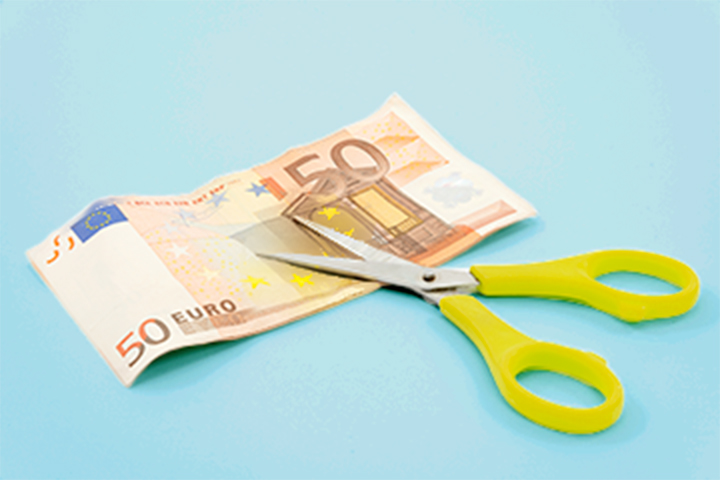
Capital gains tax: how will it affect your portfolio?

Is a buy-to-let property a smart investment?

How much can you borrow for a home?

Borrowing for a second home: what are your options?

Property shares: ripe for a comeback?

10 tips for the novice property investor

Investing in your partner’s home? Don’t make these mistakes!

Ever heard of the Zweig Breadth Thrust?

Humanoid robots: hype or golden opportunity for investors?

Defensive shares as a buffer?
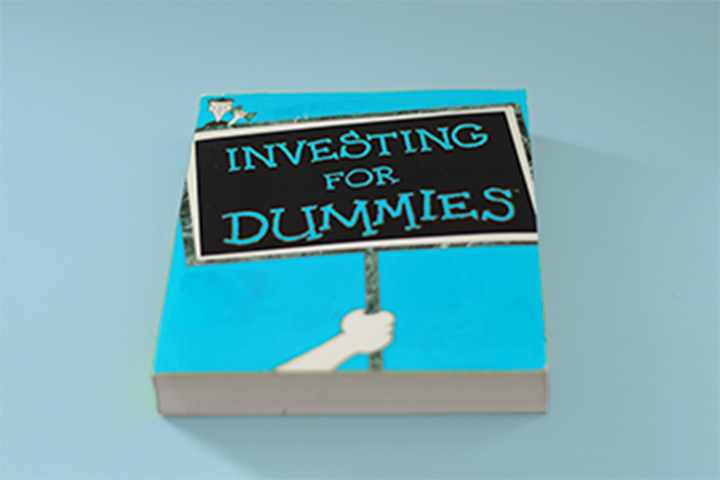
A beginner's guide to buying shares in five steps

Monthly video 2024

Investing when money is tight: being ambitious pays off!

Dividends, (pension) savings and tax-free income: what's new in 2025

40 years of pension savings: what will you spend it on (literally)?

From FOMO to ZERO bank account? 5x pension savings to the rescue

Start growing your pension sooner rather than later
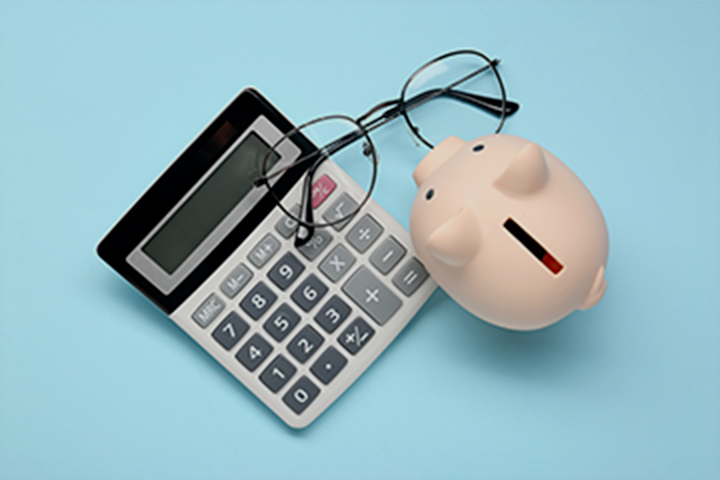
Pension savings returns: these choices give the maximum payout

Why pension planning is even more important for women

United States 1, Everyone Else 0

When should you start investing? Seven potential key moments in your life

Did you just purchase shares? Why you should immediately set a stop-loss

Are there shortcuts to becoming financially independent?

A potential worldwide trade war is claiming European victims

Ever thought of investing in the pet industry?

Have long-term interest rates once again started a 40-year uptrend?

Graph of the Week: Magnificent 7 vs 2000s Tech Bubble

5 mistakes investors make in volatile markets

Government bonds, savings accounts, or term accounts: which should you choose?

House flipping: is it worthwhile?
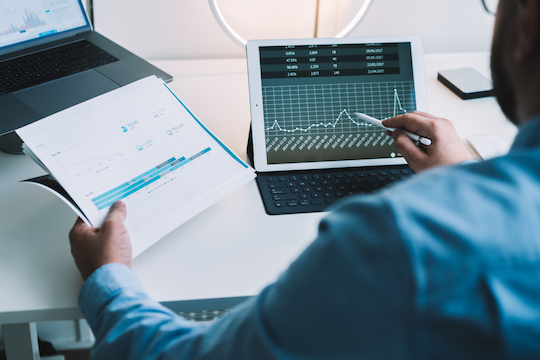
Investing in dividend shares: what to look for?
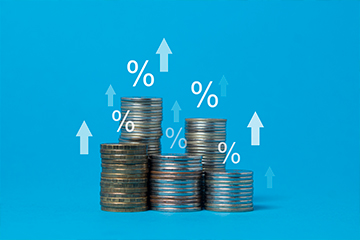
Why high dividend yields can be a poisoned chalice

3 ways to invest when you don't have much time.

How do you select an investment fund for your child?
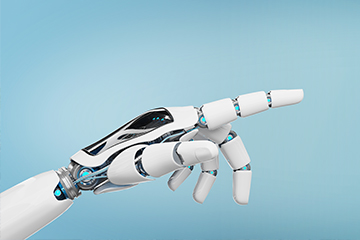
Robotics: From science fiction to science

Coronablog by Geert Van Herck: Market Observations
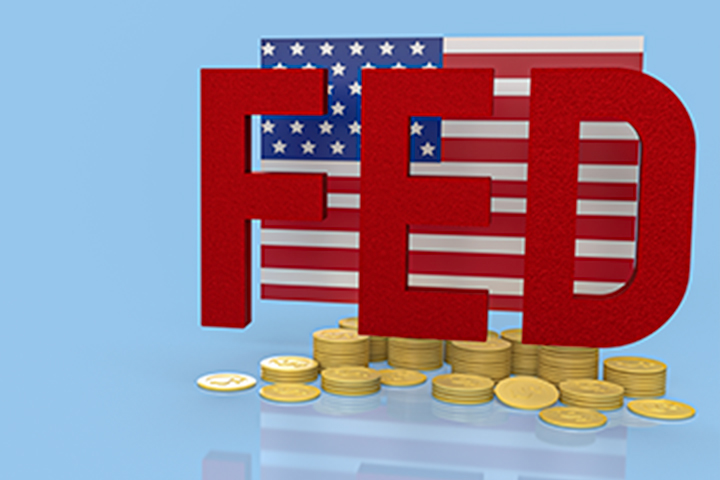
Is it the right time to invest in bonds?

Have you ever thought about investing for your children?

How can you invest in space travel?

Invest yourself or have someone do it for you: do you have to choose?

What do you have to tell the tax man about your money and investments?

Monthly video 2023
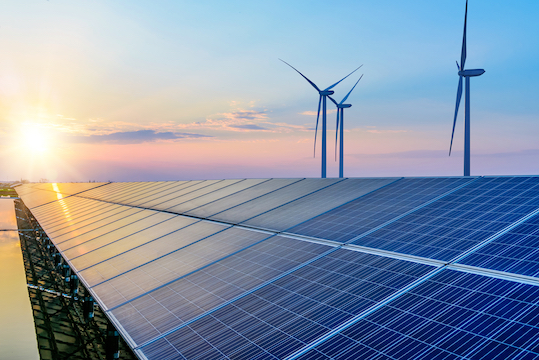
Five myths about sustainable investing

How can you invest in an ageing population?

6 reasons why installing solar panels is still worthwhile in 2024

How do elections affect the stock market?

Golden days? Why to invest in gold (or not)

Investing in emerging markets: are investment funds a smarter buy than trackers?
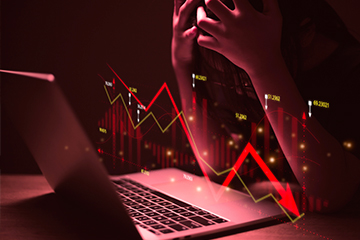
Watch out, danger's about

How to invest in the energy transition?

Is India the new China?
Which sectors should remain overweight following the latest rate hike?

8 timeless rules for investors

Saving for the sake of saving? Or with a goal in mind?

How do you prepare financially for a longer life?

Investors, keep your emotions in check!

How natural disasters affect the economy and the markets

Make an impact with your Keyprivate

How much diversification is enough for your portfolio?

Which investment opportunities are available on the road to smart mobility?

A vitamin shot for your investments

Does water earn a place in your portfolio?
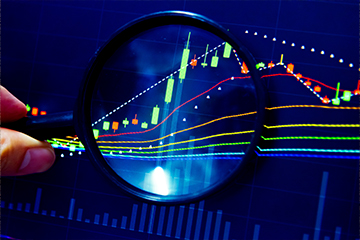
Bonds to rise in 2023?

Monthly video 2022

A recession and yet the markets are going up?!

There's something new in the air in the investment world!

Is tighter monetary policy acting as a brake on the stock market upturn?
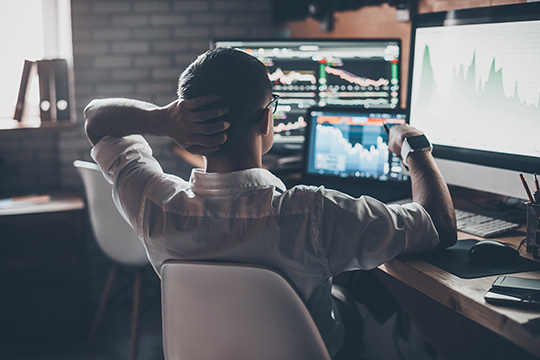
Getting nervous about the stock market? Take a look at the 200-day moving average

With or without the coronavirus: why green investing remains just as relevant as before
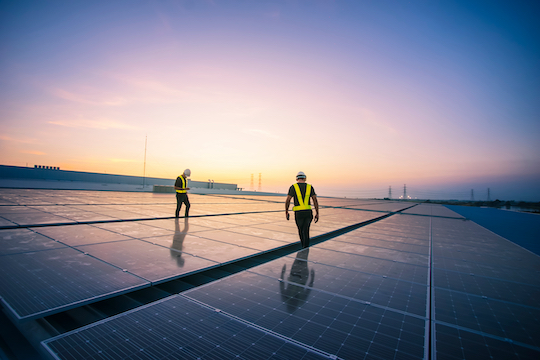
Impact investing: sustainable investments with that little bit more
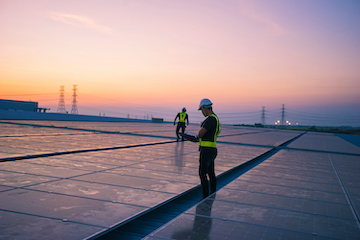
Sustainable investing: what, why and how?

How can you make an investment portfolio inflation-resistant?

CARD STOP has a new number! 078 170 170

Monthly video 2021

Five tips for keeping a cool head when the stock market becomes turbulent

How do I choose the right shares?

Short selling: what is it and how does it work?

10 things you can do within a day to improve your financial health

How to protect your capital in the event of a divorce

Timing is everything: how to choose the right time to enter the stock exchange?

La technologie préserve les investisseurs contre l'utopie

Why (not) invest in micro-caps?

Rising debt: is it a problem?

Funds and trackers: do you opt for capitalisation or distribution?

Can I invest even if I do not have a large sum of money available?

What do I do to balance my investments?

CARD STOP has a new number! 078 170 170

Talking to your family about legacy: how to get started

Always have a megatrend in your portfolio

The lazy marathon investor

Are we heading into a year-end rally by the stock markets?

Coronablog de Geert Van Herck: La panique atteint des sommets… énième épisode

Coronavirus blog by Geert Van Herck: S&P 500 indicates a positive trend

What retirement pension will you get later?

How can we cope with financial stress?
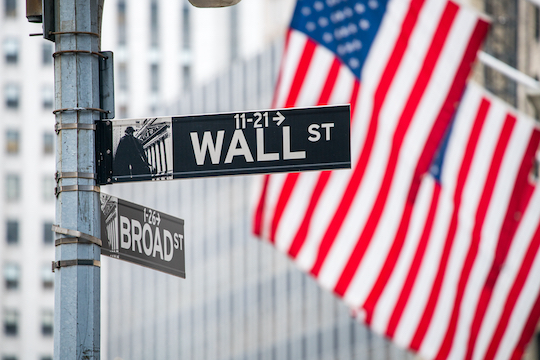
US stock market dominance not coming to an end yet!

Going for gold? Gold is apparently going for it.

Are you a contrarian investor?
























































































